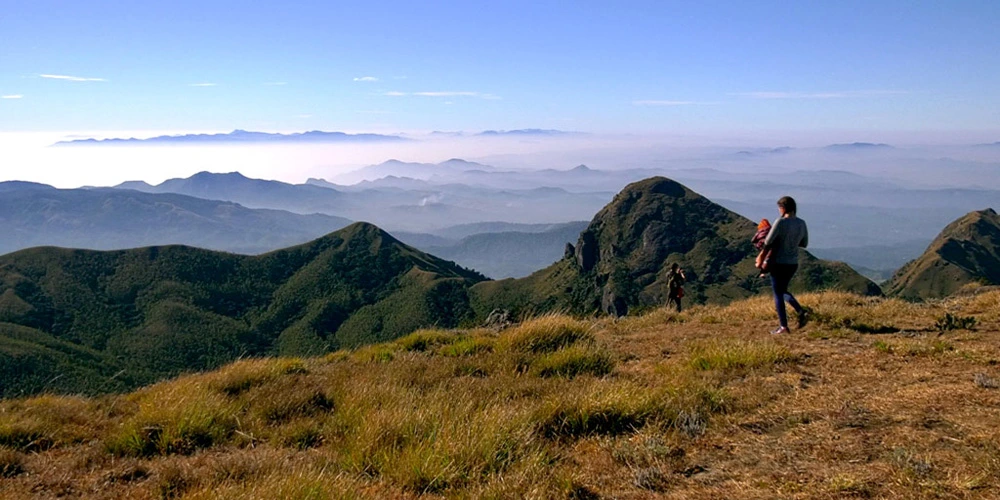Blog

24
March 2025
Experience the Thrill of Meesapulimala: A Trekker's Paradise
Experience the Thrill of Meesapulimala: A Trekker's Paradise
Why Meesapulimala Should Be on Your Bucket List
Meesapulimala is a paradise for trekkers and nature lovers for several reasons:
- Breathtaking Views: Panoramic views of rolling hills, lush green valleys, and mist-covered landscapes.
- Adventure-Packed Trek: The trek to Meesapulimala is both thrilling and rewarding, offering various terrains, from grasslands to dense forests
- UNESCO World Heritage Site: The region is part of the Western Ghats, a UNESCO World Heritage Site known for its unique biodiversity.
- Rare Snowfall-Like Experience: During extreme winter months, Meesapulimala experiences frost, which creates a mesmerizing snow-like effect.
The Best Time to Visit Meesapulimala
The best time to visit Meesapulimala depends on the kind of experience you seek:
Winter (December–February): The most popular time for trekking. Early mornings are cold, and if you’re lucky, you might witness Meesapulimala snow falling in the form of frost covering the landscape.
Monsoon (June–September): The region turns into a lush green paradise, but trekking is risky due to slippery trails and leeches.
Summer (March–May): Best for clear views and pleasant weather, though it can get warm during the day.
Trekking to Meesapulimala
How to Reach the Base Camp
The trek to Meesapulimala starts from the KFDC Base Camp near Munnar. From Munnar town, you can hire a taxi or take a jeep to reach the base camp.
Trek Route & Difficulty Level
Route 1: Rhodo Valley Trek—A scenic 8 km trek through grasslands and shola forests.
Route 2: Silent Valley Trek—A challenging 10 km route with steeper ascents.
The trek takes 4-6 hours depending on the route and pace. It is moderately difficult, so basic fitness is required.
Meesapulimala Snow Falling: Does It Really Snow?
Meesapulimala doesn’t experience actual snowfall, but during December and January, early mornings bring a frosty white blanket, making the hills look snow-covered. This phenomenon occurs due to extremely low temperatures and moisture condensation, creating a magical, snow-like illusion.
Tips for an Amazing Trek
Book Trekking Permits: Meesapulimala is a protected area, and trekkers must get permits from the Kerala Forest Development Corporation (KFDC).
Pack Essentials: Wear layered clothing, carry enough water, and bring trekking shoes.
Start Early: To witness the sunrise and avoid the afternoon heat.
Conclusion
Meesapulimala in Munnar is more than just a trekking destination—it’s an experience that combines adventure, nature, and breathtaking beauty. Whether you want to witness the snow-like frost, capture the sunrise, or challenge yourself with a thrilling trek, this is a place worth exploring.


Leave a Comment